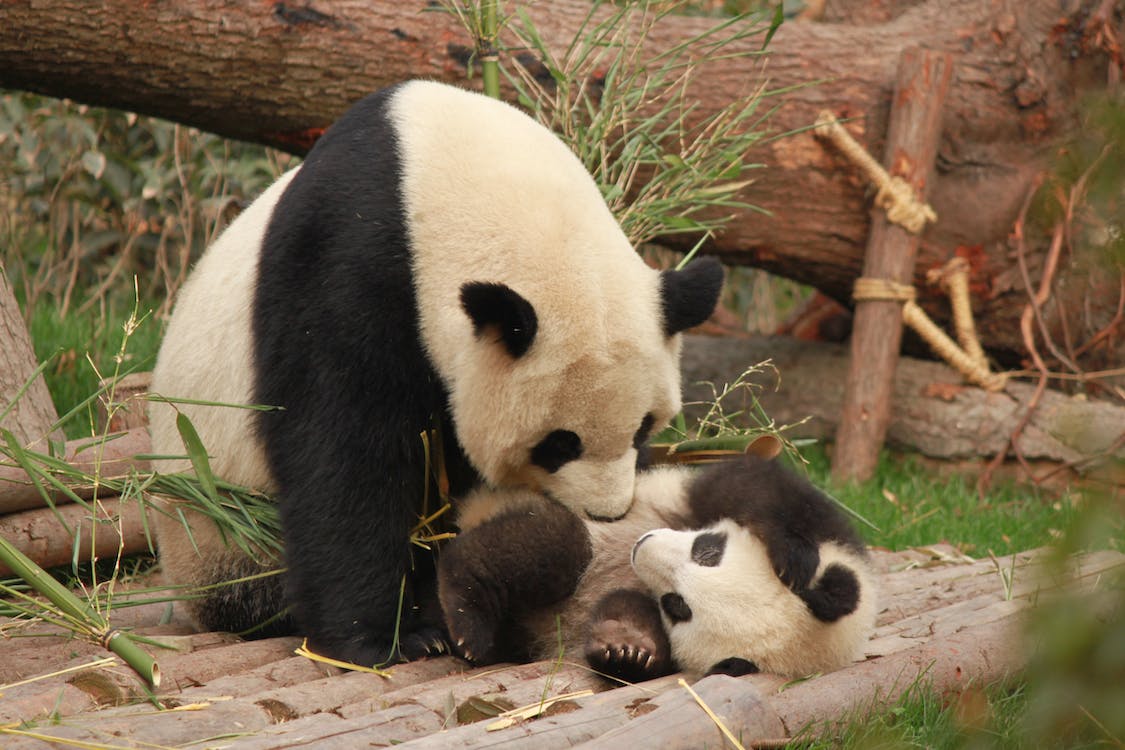When tension grew between the two countries, almost all the pandas China had loaned to American zoos were sent back, but a pair may find themselves overseas, according to Megan Owen of the San Diego Wildlife Alliance and Wildlife Conservation Science.
It is an announcement that is backed by statements made by Mao Ning of the Chinese Foreign Ministry.
“We look forward to further expanding the research outcomes on the conservation of endangered species such as giant pandas, and promoting mutual understanding and friendship among peoples through the new round of international cooperation,” she said.
But why were the pandas on loan? That is due to ‘panda diplomacy’, where China leases pandas to zoos in countries as a symbol of diplomacy and good international relations.
It typically costs a country the equivalent of $1 million US dollars to have two pandas for an often ten-year lease.
The money is meant for China’s conservation efforts in preserving the panda population, which has been reclassified as ‘vulnerable’ rather than ‘endangered’ after decades of conservation efforts.
Owen stated that China had an interest in collaborating and sharing information with San Diego Zoo based on the zoo’s successful breeding of giant pandas in captivity, which helped boost the population.
Giant pandas are notoriously difficult to breed, with a female’s reproductive window only lasting two to three days in a year and having only 1–2 cubs every two years.
This, along with farming, deforestation, and other environmental developments, is part of why the panda population is still low.
The pandas being considered for the San Diego Zoo is a pair that includes a female descendent of Bai Yun and Gao Gao, previous residents of the same zoo.
Bai Yun, during her 20-year stint at the zoo, gave birth to six cubs. Her first cub, Hua Mei, was the first panda born through artificial insemination that survived to adulthood outside China and went on to have a further 12 cubs.
“We have a lot of institutional knowledge and capacity from our last cooperative agreement, which we will be able to parlay into this next chapter, as well as training the next generation of panda conservationists.
“They’ve expressed a tremendous amount of enthusiasm to re-initiate panda cooperation starting with the San Diego Zoo,” Said Owen. “We’re very excited and hopeful.”






